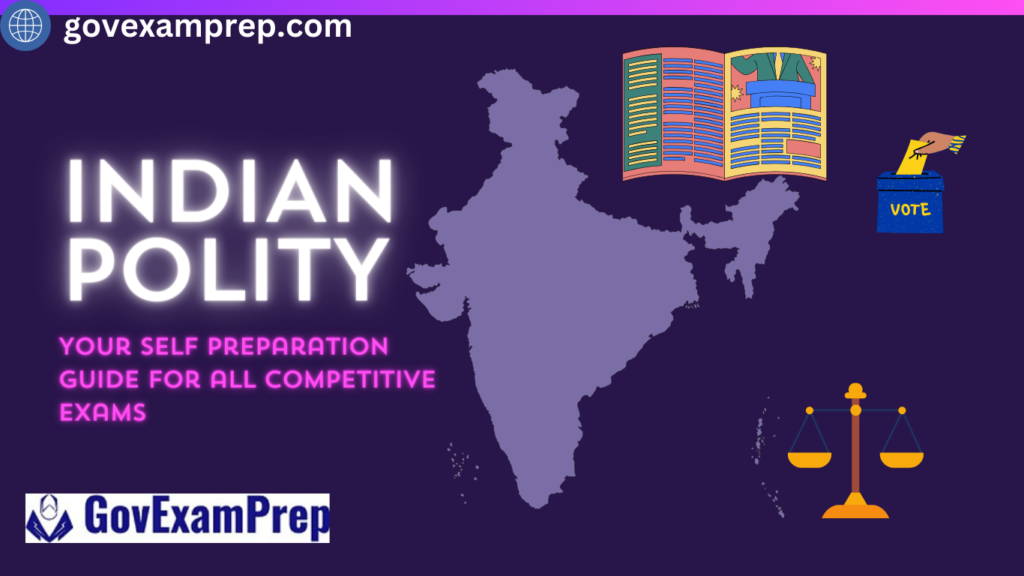The interim government of 1946 and the first cabinet of free India in 1947 marked significant transitions in India’s political landscape. Here’s a summary highlighting key members and their portfolios:
Interim Government (1946)
- Jawaharlal Nehru – Vice-President of the Council; External Affairs & Commonwealth Relations
- Sardar Vallabhbhai Patel – Home, Information & Broadcasting
- Dr. Rajendra Prasad – Food & Agriculture
- Dr. John Mathai – Industries & Supplies
- Jagjivan Ram – Labour
- Sardar Baldev Singh – Defence
- C.H. Bhabha – Works, Mines & Power
- Liaquat Ali Khan – Finance
- Abdur Rab Nishtar – Posts & Air
- Asaf Ali – Railways & Transport
- C. Rajagopalachari – Education & Arts
- I.I. Chundrigar – Commerce
- Ghaznafar Ali Khan – Health
- Joginder Nath Mandal – Law
Note: This government functioned under the Viceroy, who remained the head of the Council.
First Cabinet of Free India (1947)
- Jawaharlal Nehru – Prime Minister; External Affairs & Commonwealth Relations; Scientific Research
- Sardar Vallabhbhai Patel – Home, Information & Broadcasting; States
- Dr. Rajendra Prasad – Food & Agriculture
- Maulana Abul Kalam Azad – Education
- Dr. John Mathai – Railways & Transport
- R.K. Shanmugham Chetty – Finance
- Dr. B.R. Ambedkar – Law
- Jagjivan Ram – Labour
- Sardar Baldev Singh – Defence
- Raj Kumari Amrit Kaur – Health
- C.H. Bhabha – Commerce
- Rafi Ahmed Kidwai – Communication
- Dr. Shayama Prasad Mukherji – Industries & Supplies
- V.N. Gadgil – Works, Mines & Power
Key Differences:
- Leadership Transition: Nehru transitioned from Vice-President of the Council to Prime Minister.
- Expanded Roles: New portfolios were created, reflecting the growing responsibilities of an independent nation.
- New Members: The cabinet introduced new faces, such as Maulana Abul Kalam Azad and Dr. B.R. Ambedkar, indicating a broader representation of India’s diverse society.
These tables illustrate the evolution of governance in India, showcasing the shift from colonial administration to an independent democratic government.


